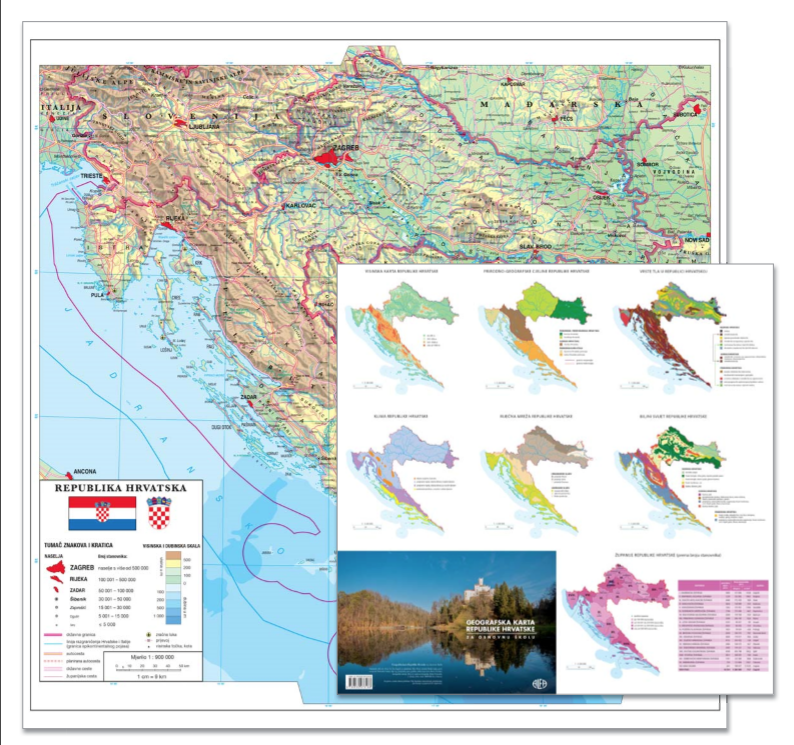
The calculation showed that from 2008 to 2015 (149 measurements) sediment production was 36 kg/m² per year and the flysch cliff retreated by 146mm or 21mm per year. Selected meteorological time series from the Portorož Airport meteorological station were included in the analysis. Measurements of sediment production were carried out in erosion plots, and measurements of cliff (or rockwall) retreat using erosion pins. This article deals with the results of seven years of measurements of sediment release from the flysch badlands in the Rokava River headwaters.

Paralelno sa željom za zaštitom, nastale su i proturječne ideje o »modernizaciji« Julijskih Alpa s ciljem jačanja turizma točnije, izgradnje željezničke cijevi, skijaškog središta i meteoroloških opservatorija. park se proširio na gotovo današnje područje od oko 840 km 2. Njegov nastanak seže u rane godine dvadesetog stoljeća, točnije, godinu 1924., kada je Dolina Triglavskih jezera bila zaštićeni park alpske prirode. Keywords: Julian Alps, Triglav National Park, mountain tourism, high-alpine ski center, meteorological observatory, Slovenia Sažetak Julijske Alpe su najviše planine u Sloveniji, čiji je glavni dio danas u sastavu Nacionalnog parka Triglav, jedinog nacionalnog parka u državi. Parallel with the desire to protect, contradictory ideas on the “modernization” of the Julian Alps also arose with the aim of boosting tourism that is, construction of a cog railway, ski center, and meteorological observatory. In 1981 the park expanded to almost its present area of approximately 840 km2. Its origin dates back to the early twentieth century, in 1924, when the Triglav Lakes Valley was protected as Alpine Conservation Park.

The Julian Alps are the highest mountains in Slovenia, the major part of which is today part of Triglav National Park, the only national park in the country.


 0 kommentar(er)
0 kommentar(er)
